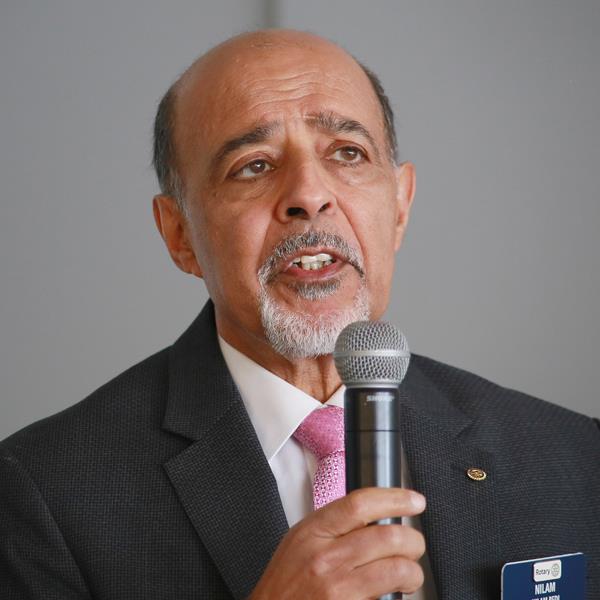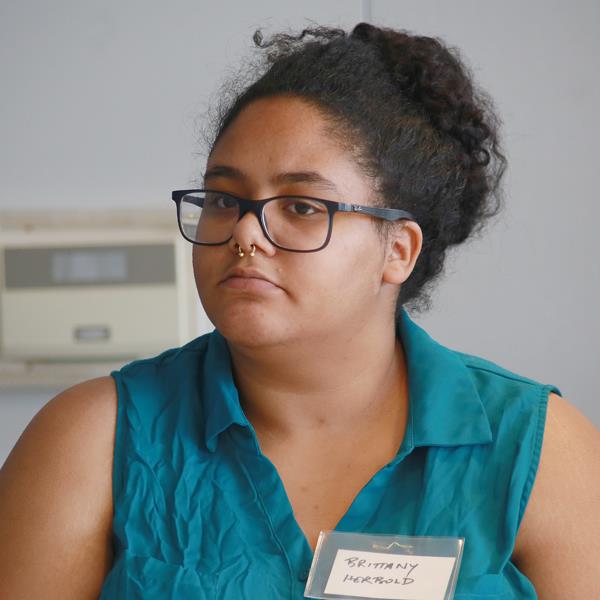Anna Amy Ho and Brittany Herbold - Through the Lens of a New Age Approach: Family Centered Care in Canada’s Welfare System

Nilam introduced our guest speakers.

Anna May Ho

Social worker by day and aerialist acrobat by night, Anna Amy Ho is a Crisis Counsellor and Violence Prevention Program Coordinator at Victim Services Toronto. She is a child welfare and victims’ consultant, and an advocate with experience as a complex trauma survivor and Crown Ward.
Currently completing her Masters of Social Work degree at the University of Toronto, Anna is dedicated to inspiring resilience amongst all those around her. By way of public speaking and the arts, she aims to utilize her voice to reach and influence allies, philanthropists, and those alike to make a positive difference for youth and trauma survivors. Her dedication has led her to receive the Attorney General’s Victim Services Award of Distinction in 2015, as well as Ryerson University’s Alumni Achievement Award in 2017. In her spare time, Anna enjoys performing and teaching as an aerialist.
Brittany Herbold

Brittany is a 23-year-old former crown ward, currently working towards a Bachelor of Child and Youth Care. She is a full time Honor’s student, and works part time at the Ontario Association of Children’s Aid Societies, where she takes on the role as YouthCAN Program Coordinator, and is a full time advocate and activist for marginalized and underprivileged communities.
Anna and Brittany presented a powerful case for reform of the current Child Welfare System backed by evidence based research, powerful video clips and personal anecdotes.
Following a brief history of Child Welfare in Canada, they described the current situation in Ontario. There were 158,000 calls to CAS in Ontario in 2017-18, with 84,000 calls requiring investigations. Ontario currently has 12,000 kids in foster care spread over 48 Children’s Aid Societies.
A video portrait of the personal experiences of youth in care described a range of positive and negative experiences. Some remembered being housed with young people who had fled the sex trade, or were suffering from mental health issues. Others spoke about experiencing ‘parenting’ for the first time.
In short, our speakers suggested that Canada has a national crisis in child care with too few families willing to become foster parents. Many young people in care leave the Child Welfare System at 18 years of age, without proper support, education or ability to lead productive live.
What happens to kids who ‘age out’ of the system? The majority of these children end up in poverty, or as victims of sexual exploitation, or part of the criminal justice system.
There is a ray of hope. A pilot project, a Family Centered Care Model, is currently underway that is showing initial positive results. It involved conducting a more rigorous initial comprehensive assessment of the family situation before placing a child in care. The assessment team is multi-disciplinary and meets with the family and provides a range of intensive supports for families in crisis.
What can Rotarians do to alleviate the crisis? Hold the government accountable for providing proper care for children in care. Donate time and resources to children in care. Challenge the stigma that exists in society toward children in care.
So much to think about!
.jpg)